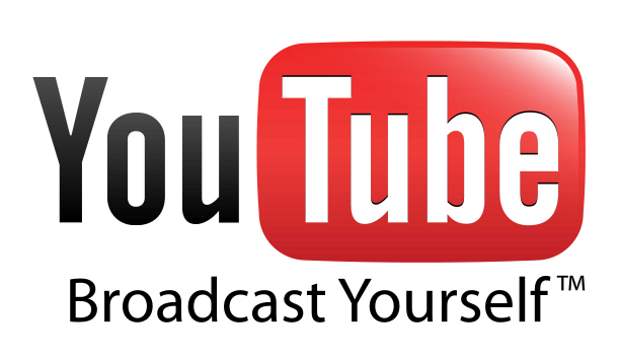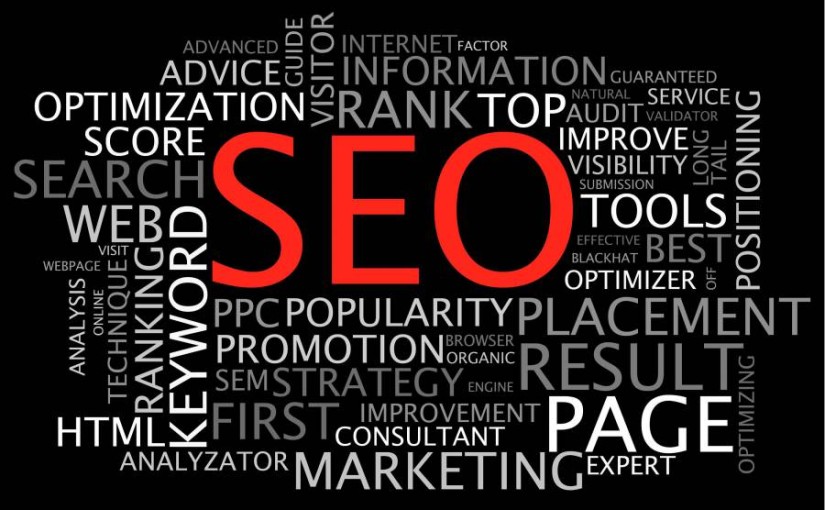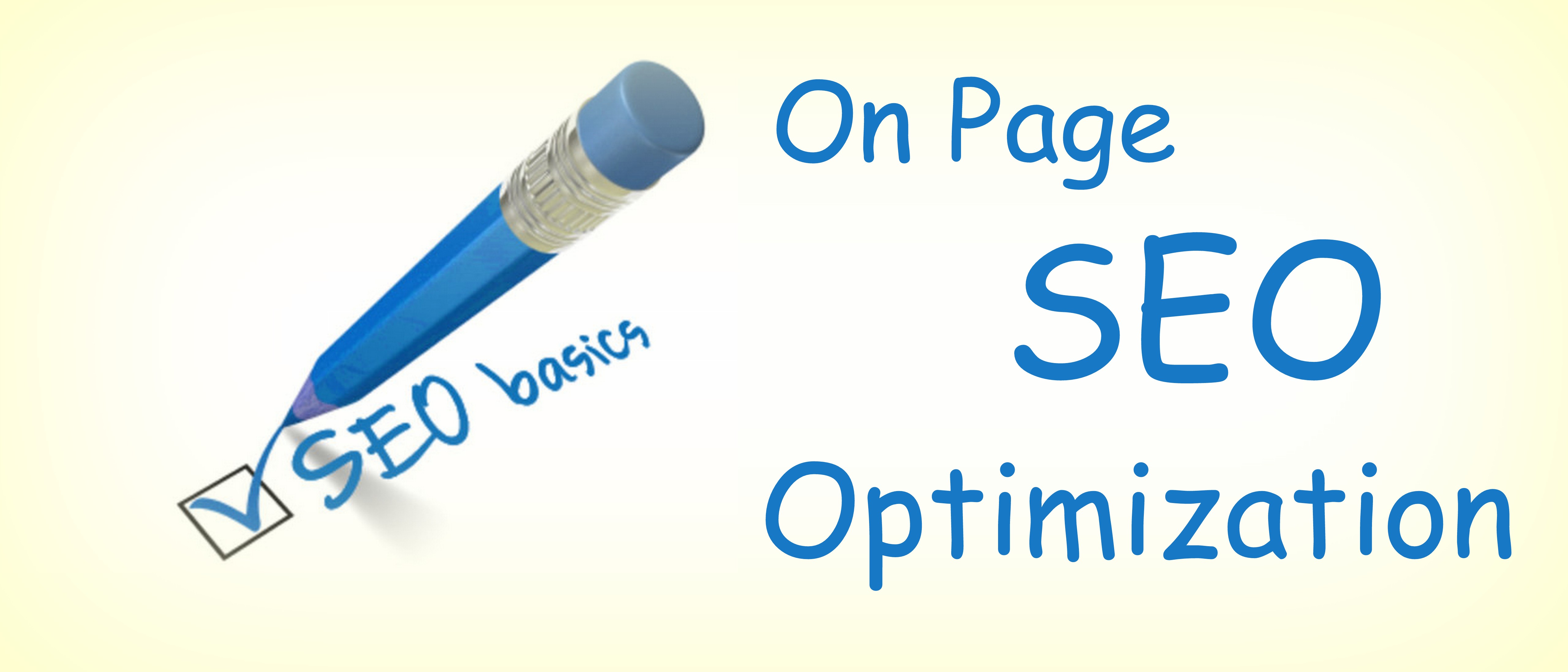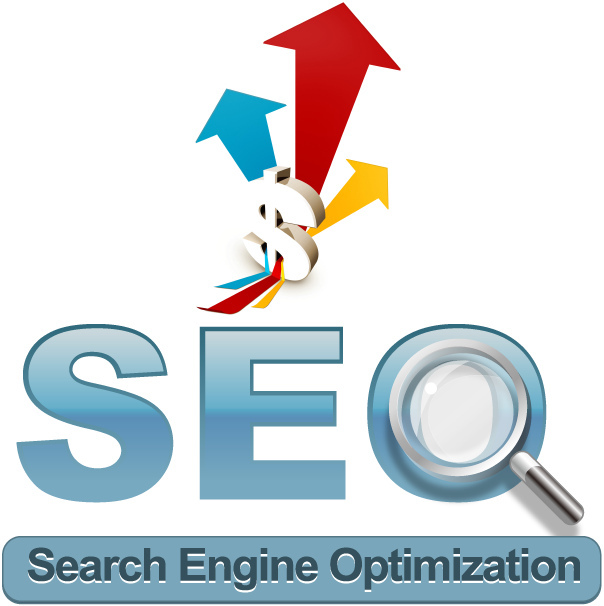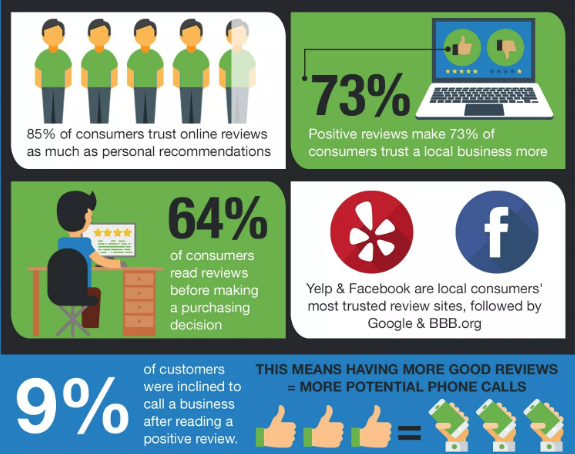As to the factors related to the site for SEO, content marketing, and other inbound strategies, the maximum amount of focus is normally reserved for structural elements and aesthetic elements. The structural elements include title tags and meta tags in the HTML code of the site, whereas aesthetic elements include elements like design elements and word choices. These are of course all very important, but are not the only that determine the traffic and conversions.

It is important to be focussed on site performance, which is an important but at times underappreciated aspect of a website’s ability to attract and convert traffic. The factors affecting how the site performs are a bit technical as they need support from backend coding or improvements in structure to perform, and somewhat aesthetic, as though they might improve the customer’s relative experience but cannot be classified in either of the abovementioned categories. These consist of things like site speed, mobile compatibility, and site features like hover effects.
We will go through each of these on-page SEO factors to see how important they are for traffic and conversions
Site Uptime
Site uptime is one of the most fundamental and obvious elements for benchmarking site performance—for it to get the maximum traffic and conversions, the website should be available at the time when the audience tries to visit it. In case of a server crash or if instead of live content on your site there happens to be a 404 page out there, it could be a loss on opportunities. A 404 page on its own will not hurt the rankings to a great degree, but it can be an unpleasant experience for the users and could even be at the cost of future traffic and conversions (assuming there are still links leading to that page). In such a situation, creating a simple 301 redirect is the best solution—it will simply forward any traffic to a new and more appropriate live source. In the eventuality of the entire website going down, all efforts should be trained on preventing it at all costs but if it ever happens the response should be swift.
Site Speed
The time it takes for the website to load for the visitors is sometimes called “site speed” or “page load time.” Google has also listed site speed as a ranking factor—that implies that a faster site will end up ranking higher than slower sites; although, it is definitely not the most important factor as was once generally assumed to be. The site that operates faster will as a natural consequence have more visitors and traffic.
Site Navigation
Although it is not technically related to performance, the navigation performs an important role for the site by informing users (and web crawlers) about the organizational hierarchy of the domain, and helping them find the pages they need the most quickly and efficiently. Hence, it is crucial for the site’s interest to make sure that the on-site navigation (and sitemap) are as accurate, up-to-date, straightforward, and easy to access as possible. This is both a structural and an aesthetic choice, as it affects the overall layout of the site as well as the users’ impressions of your brand.
Mobile Performance
Mobile performance is critically, especially after Google’s “Mobilegeddon” update earlier this year. Since an increasingly high number of users are dependent on the mobile devices to navigate the Internet, the site performance on mobile can be the most defining experience for the users visiting the site. If Google does not recognize the site to be mobile friendly, a ranking penalty can be levied and the rankings might be throttled as a consequence. Also, slow loading times, missing content, hard-to-click buttons, or other mobile-related problems could add to the users frustration who may never come back and cost the valuable conversions and returning customers.



